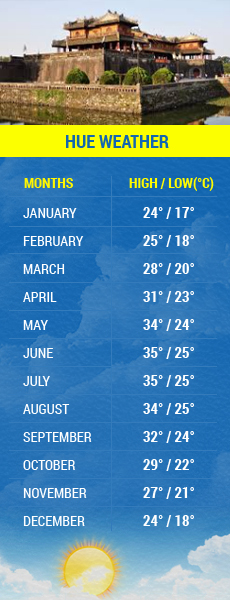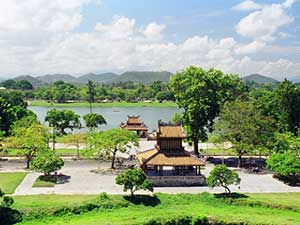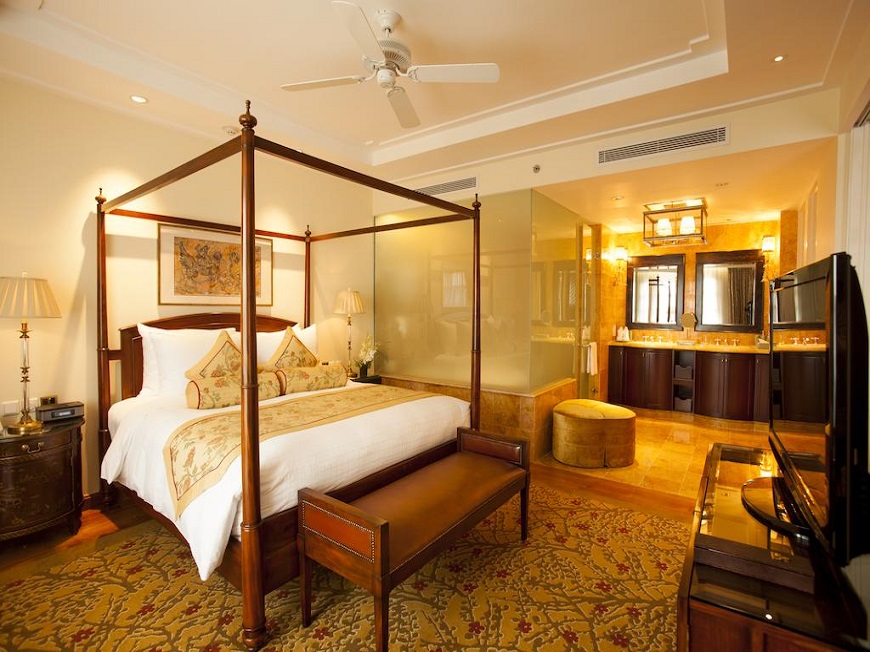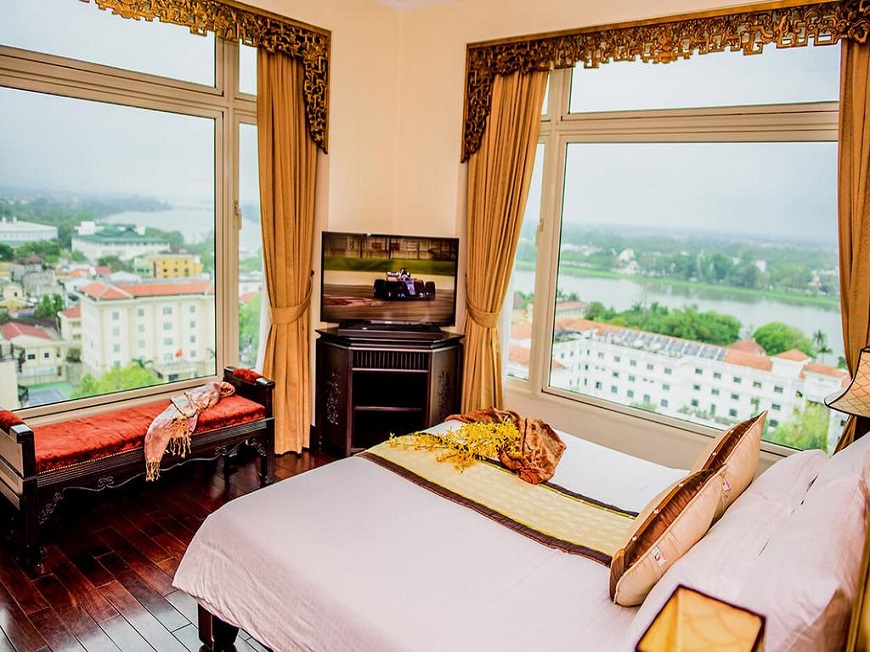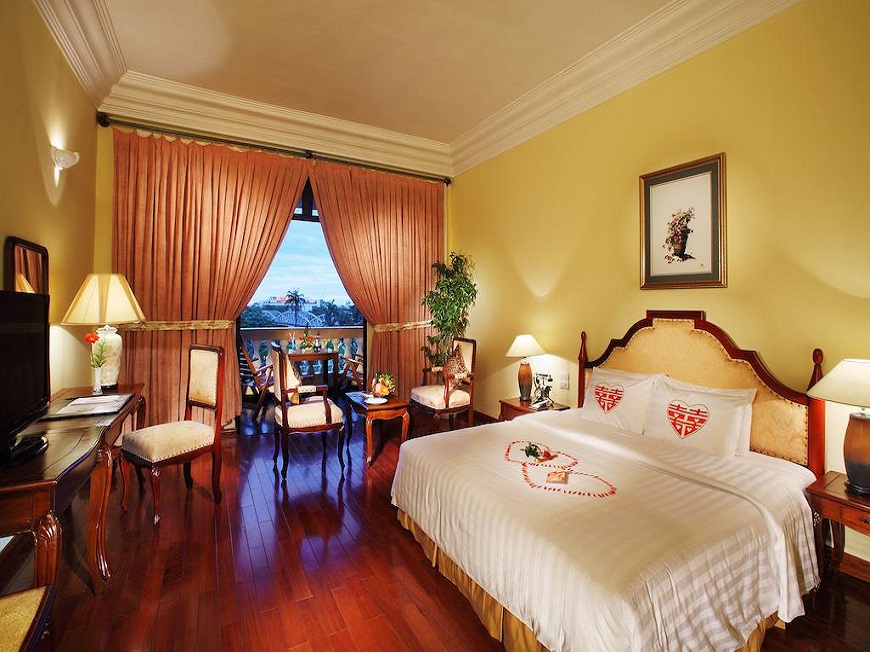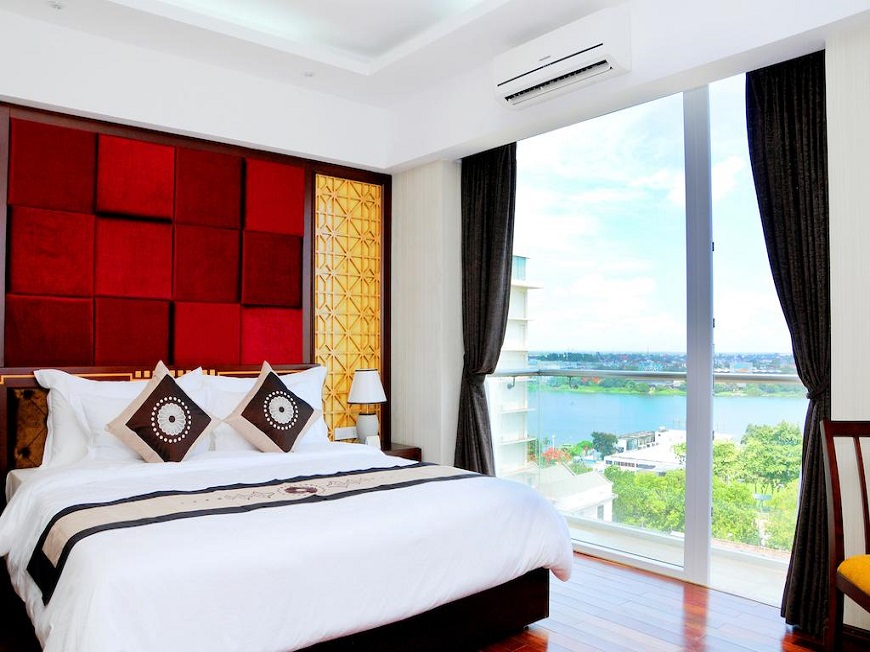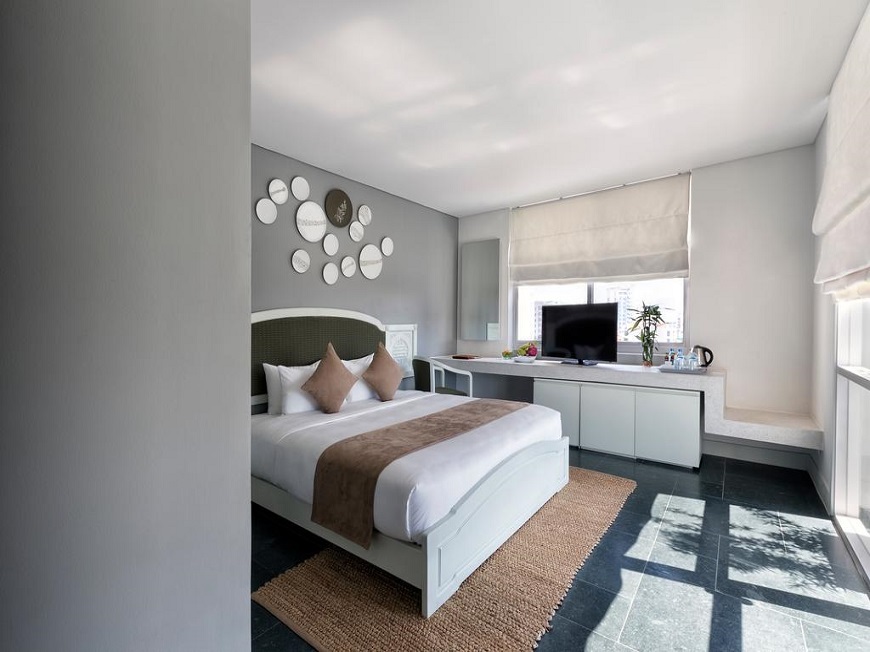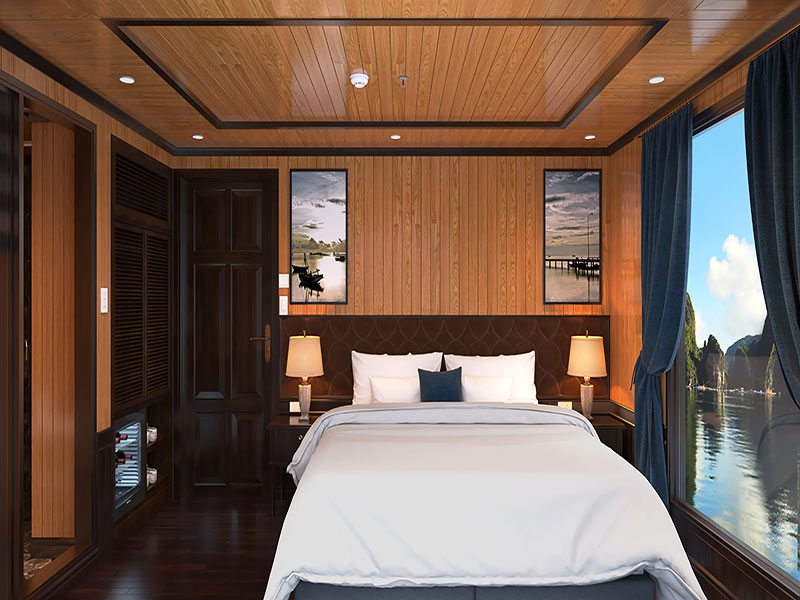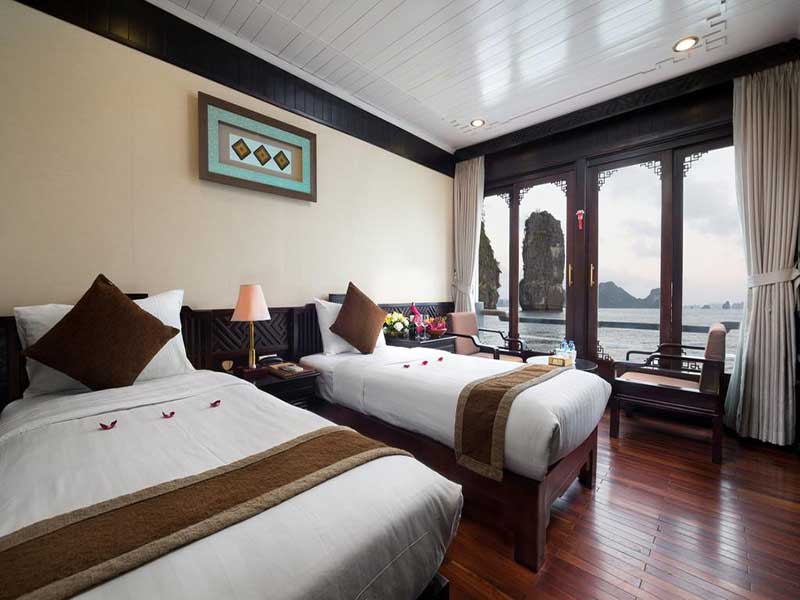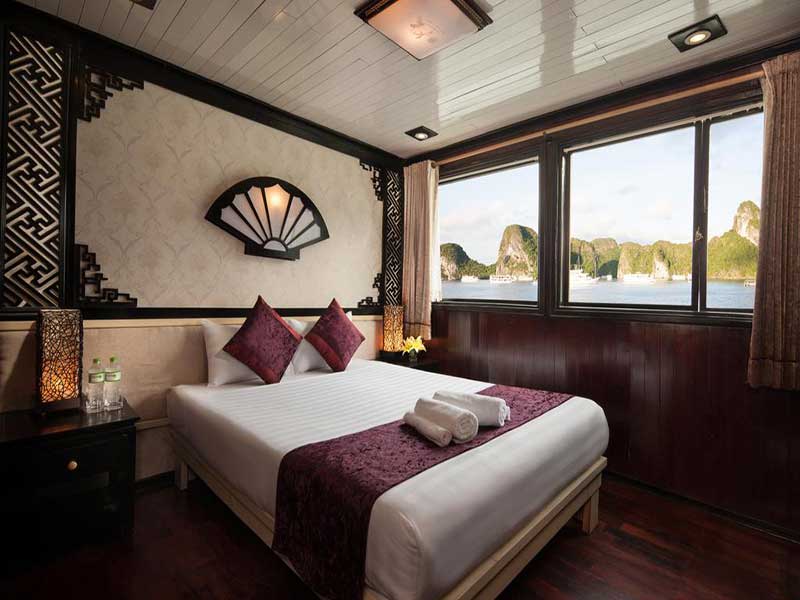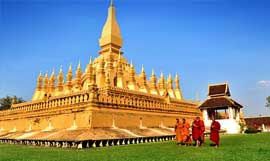Reminded to Hue ancient capital, imaginations of traditional values from the ancient mausoleums, natural beauty of the Truong Tien bridge across the gentle Perfume river, delicate Hue royal dishes, …, all appear as Hue specialties in the heart of tourists once coming to the peaceful land in the center of Vietnam, the elegant Hue.
Taking tour in Hue, tourists unable to miss opportunities to explore the ancient beauty of Hue, Hue craft villages being famous for lots of the world well-recognized traditional products as ingenious works of skillful Hue artisans, associated with timeless historical stories in here. To experience Hue culture of the craft villages, there are eight reputable traditional villages that tourists should visit even once.

Sinh Art Village
Sinh Village or Lai An Village, located in Phu Mau commune, Phu Vang district, about 8km from Hue to the Perfume river, because whose villagers are originated agriculture, attributes of their works of art characterize rustic beauty of simplicity and peace of rural area. Thanks to being adjacent to the capital, it is not only convenient for trade and transportation for many traders developing the village as one of the most credible art market with lots of colorful and delicate paintings printed on woodcarving board for worship.
Paper for printing is newsprint type bought in market with range of colors including yellow, blue, purple, red lotus, and white paper. Board for carving made from jackfruit wood is processed by the village artisans or craftsmen. Paintings are printed in the front of the board and smoothed by hands, focusing on black strokes and patches which are basis for coloring.
Sinh works of art is for worship with over 50 different topics, dividing into many sets: destiny, ancient family, the ceremony of worshiping for the pregnant, children, … All these paintings reflect the ancient beliefs, is the proof for the ancient Vietnamese thought about mysterious Vietnam wild nature …
Village of Conical Hats
The poetic conical hat has become the symbol of the Hue ancient value. Hue is also the largest center of conical hats production of the whole country.

Village of Conical Hats
Conical hats processing has been developed and maintained in Hue for hundreds of years, with many famous conical hat craft villages such as: Da Le, Phu Cam, Doc So, Tay Tay, Kim Long, Sia … Hue conical hats, or especially the special poetic conical hats, are not only useful things for Hue people, but also the real artworks contributed to the Hue beauty. In order to have a beautiful conical hat, the meticulous production process under the handful and diligent Hue artisans are two indispensable requirements that are being well-recognized in the world. The process from picking frame, curling the hat ring, roofing, cutting pattern, to polishing… are meticulous and careful handled, always attract many tourists to experience a unique cultural facet in Hue.
Bronze casting village
Bronze casting, one of the most reputable traditional handicrafts in Vietnam, whose village is originated from the groups of skillful casting workers under the Nguyen Dynasty. In the time of the Nguyen Dynasty, there was a group of bronze casting worker from different areas in Vietnam, first at Truong Dong, resulted from their co-working requirement. Until now, to be mentioned, the two largest bronze casting villages are Kinh Nhon and Bon Bo.

Bronze casting village
When the Trinh King and Tay Son invaded Phu Xuan, the bronze casting groups were dissolved. Only the Nguyen family in Kinh Nhon has been maintained and developed to the credible and professional village of bronze casting at the present.
Phuoc Tich ceramics village
Phuoc Phu belongs to Phong Hoa commune, Phong Dien district, Thua Thien Hue province, originated from the merge between Phuoc Tich and Phu Xuan villages. The old name of Phong Hoa commune is Phong Lau commune (because its location is nearby the O Lau river). Phuoc Tich village is convenient for waterway transportation to exploit raw materials and transport ceramic products for sale.

Phuoc Tich ceramics village
Around the village, it is rare to find any firewood or even no clay for ceramic production. However, according to the historical genealogy and memories of the elderly, from the reign of King Minh Mang to King Khai Dinh, the village had to deliver an order of 30 “Om Ngu” caremic pots as rice cooker in the Hue Dynasty, and thrown away after the dinner finished. That also the reason why the village was privileged to go to any places to exploit the necessary materials for the ceramic production. Traditional products, “Specialties of Phuoc Tich” include lu (jar), ghe, thap, thong, om (pot), bung binh (money box), tu huyt (whistle) and “ong tao” heated to be impermeable brownware. These products are sold from Nghe An to the South Vietnam. Ceramic products with no glaze such as vases … were also sold to Japan and used in special Japanese tea parties.
Ke Mon Jewelry Village
Ke Mon Village (Dien Mon Commune, Phong Dien District), located 40 km northeast of Hue city center, is famous for jewelry. Jewelry products in Ke Mon is a traditional processing of jewelry made by gold or silver, including: crude process (simple and less-carved products); design process (often made of geometric patterns to attach on the products); engraving process (engraving patterns on products).

Ke Mon Jewelry Village
The jewelry of Ke Mon Village has already met the requirement for jewelry and decoration of residents and mandarins in the Hue capital city since the late 18th century thanks to talents and efforts of many jewelers from the North area, namely, Mr. Cao Dinh Do, Thanh Hoa, who came to Ke Mon village to produce jewelry and opened classes to teach for next generations in here.
Thanh Tien paper flower village
Thanh Tien village is located in Phu Mau commune, Phu Vang district, Thua Thien Hue province. The village has a tradition of farming, however, in December annually, Thanh Tien is busy with making paper flowers. Dai Nam book of Vietnam accessed Thanh Tien paper flower village as one of the most recognized craft village from the sixteenth to nineteenth century.

Thanh Tien paper flower village
Paper flowers are often decorated in places of worship in the house, the temple, the altars, … Advantages of Thanh Tien paper flowers are not only diversity in color, beautiful appearances, and durable, but also expressing the solemnity, and only being changed once per year on the occasion of Tet, hence, paper flowers are easily widespread and long-lasting preserved.
Chuon writing Village
Chuon is the name of An Truyen village, Phu An commune, Phu Vang district. This is an agricultural village, and typically, there are many ancient villagers who had advanced education and were reputable leaders in the Vietnamese dynasties. The passion of learning has influenced the Chuon craft village: writing beautiful words, understanding the beauty of the art of writing, and promoting a traditional game, hanging on writing works of art as the gifts at special occasions, especially, in the Lunar New Year.

Chuon writing Village
Thus, in the Chuon village, many families know how to print Tet writing works of art, focusing on process them from October to next Tet. Normally, each family prints from a few hundred to several thousand writing works of art in the writing season, from a few hundred to several thousand. Up to now, Chuon writing works of art are preserved and developed as the indispensable traditional value in Hue.
Bao La Knit Village
Located 15km from North of Hue City, the Northern bank of the Bo River, Bao La Village in Quang Phu Commune, Quang Dien District is a famous traditional knit village. The village was established a long time ago, and by the time of the Nguyen Dynasty, a new Bao La village was setup, now in Thuy Lap village, Quang Loi commune, Quang Dien district on the Southern bank of Tam Giang lagoon. Both villages are Knit village specialized in producing: basket, bamboo mat, baby bed, … are made of rattan and bamboo material.

Bao La Knit Village
Initially, villagers utilize their leisure time to create household items. Gradually, these products are popular in many places, thus forming the demand for buying and selling them in the market and being profession in production. Each hamlet produces a different kind of products: Cho hamlet, which specializes in producing rolls, sieves; Dong hamlet produces baskets; Chua hamlet provides basket-work; Dinh and Hop hamlet sell baskets; Cau hamlet specializes in the production of flat basket. Thanks to various productions, the whole village is always full of enthusiasm and fun atmosphere.
Let’s com to Hue and experience another side of Hue cultural specialties through Hue craft villages!
Explore more places: Perfume River; Hue Garden Houses; Ngu Binh mountain; Vong Canh Hill; Hue Citadel; Thien Mu Pagoda; Hue Imperial Museum of Royal Antiquity; Thuy Bieu Eco village; Bach Ma National Park; Dong Ba market; Truong Tien Bridge












